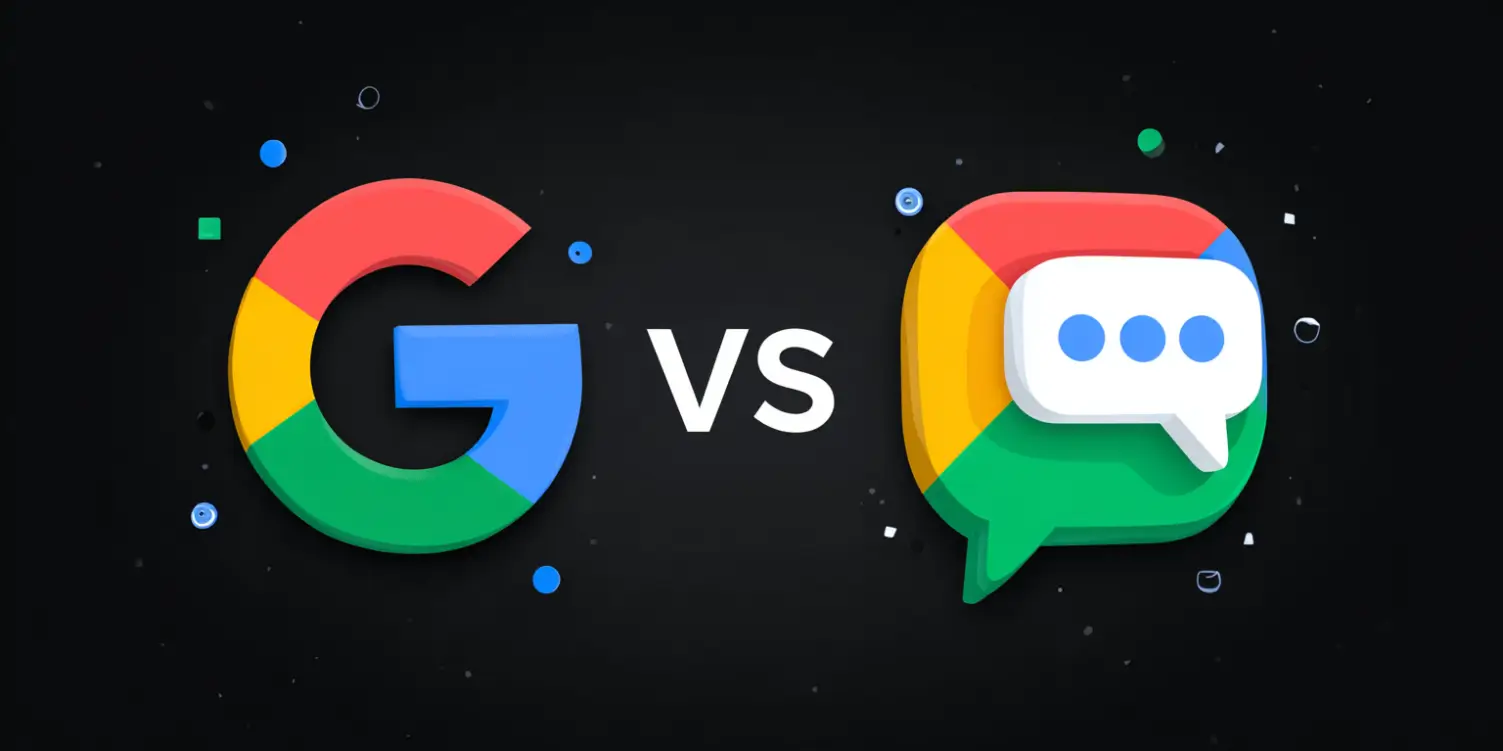In today’s digital age, creating visually appealing content is more accessible than ever, thanks to various design platforms. Napkin AI, Canva, and PowerPoint are among popular tools used by individuals and businesses alike for diverse creative needs. Each tool has its own unique features that cater to different audiences. In this article, we will explore the advantages and disadvantages of Napkin AI in comparison to Canva and PowerPoint.
What is Napkin AI?
Napkin AI is a design tool that integrates artificial intelligence to simplify the process of creating presentations, infographics, and other visual content. It aims to streamline the design process, making it easier for users to produce professional-looking designs without extensive design skills.
Advantages of Napkin AI
1. User-Friendly Interface: Napkin AI has a straightforward, easy-to-navigate interface that allows users of all skill levels to create visual content effortlessly. The tool is designed to minimize the learning curve, letting you focus on creativity rather than figuring out complex features.
2. AI-Powered Design Suggestions: One of the standout features of Napkin AI is its artificial intelligence, which provides real-time design suggestions. This feature assists users in enhancing their creations by offering layout, color scheme, and font recommendations, which can be especially helpful for beginners.
3. Time-Saving Features: With its intelligent design assistant, Napkin AI saves users time by automating many of the tedious aspects of design, allowing for quick adjustments and edits. This efficiency makes it an attractive option for those with tight deadlines.
Disadvantages of Napkin AI
1. Limited Customization Options: Although Napkin AI is great for producing quick designs, it might not offer the level of customization some users require. For complex projects, the tool may feel restrictive compared to more robust platforms.
2. Fewer Templates than Competitors: While Napkin AI provides several templates for users, its collection is not as extensive as that of Canva or PowerPoint. Users looking for a wide variety of templates might find this limiting.
3. Learning Dependency on AI Suggestions: Relying heavily on AI can sometimes hinder the development of personal design skills, as users might lean too much on the automated suggestions rather than exploring their own creativity.
Comparing Napkin AI to Canva
Canva is renowned for its rich library of templates and elements, making it a versatile choice for design projects across different fields. Unlike Napkin AI, Canva offers a broader range of customization options, which can cater to advanced design needs. However, this also means it might take more time to learn effectively. Napkin AI, on the other hand, excels in speed and simplicity, ideal for users who need to create content quickly without the hassle of extensive adjustments.
Comparing Napkin AI to PowerPoint
PowerPoint is a long-established tool widely used for creating presentations. It offers extensive features such as animations, transitions, and complex chart tools, which are beyond what Napkin AI currently provides. However, for users who prioritize ease of use over functionality depth, Napkin AI might be a more suitable choice, given its streamlined processes and AI assistance.
In summary, Napkin AI presents an attractive solution for individuals seeking a quick and simple way to create visually appealing content. Although it may lack some of the advanced features and extensive template libraries found in Canva and PowerPoint, its user-friendly design and AI-driven suggestions offer a compelling option for beginners and those with tight schedules. Ultimately, the choice between Napkin AI, Canva, and PowerPoint depends on individual needs, design complexity, and personal preferences.










